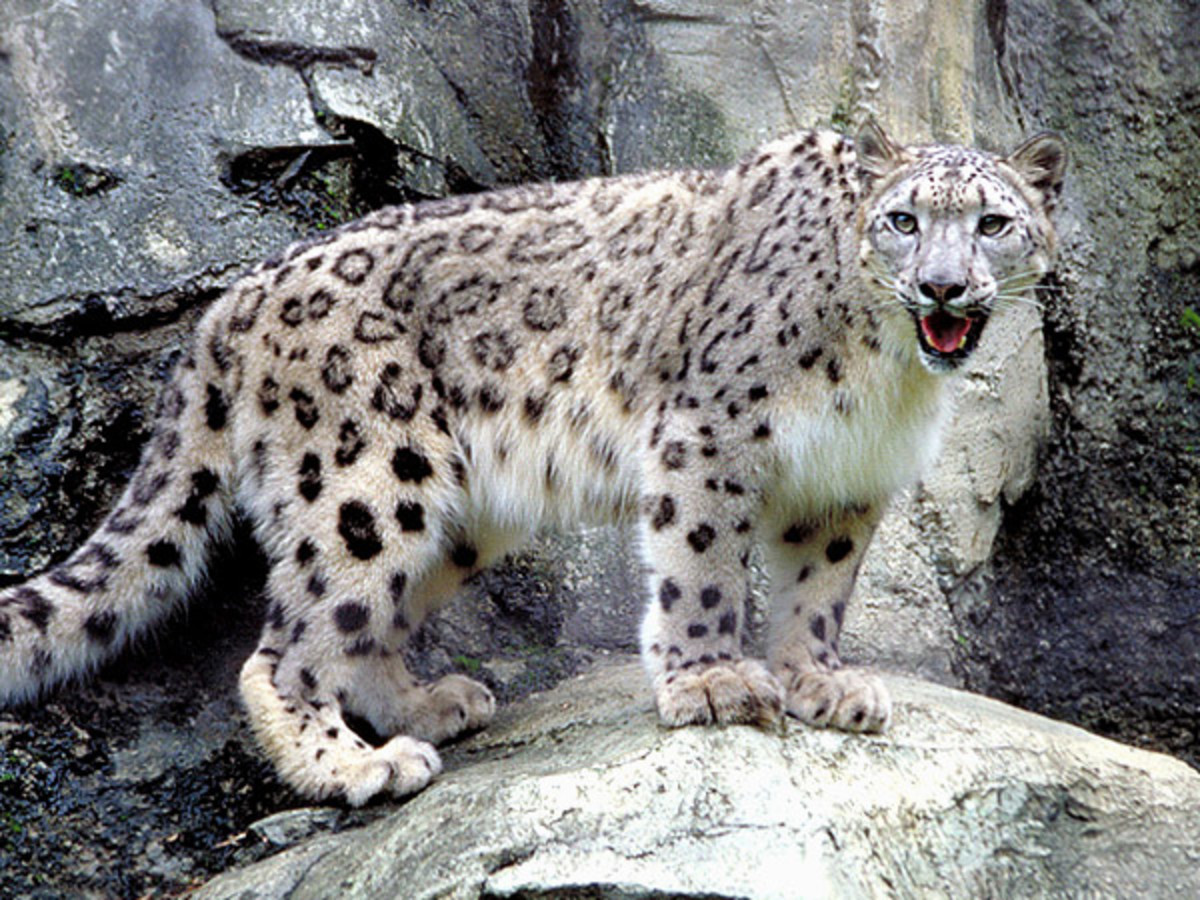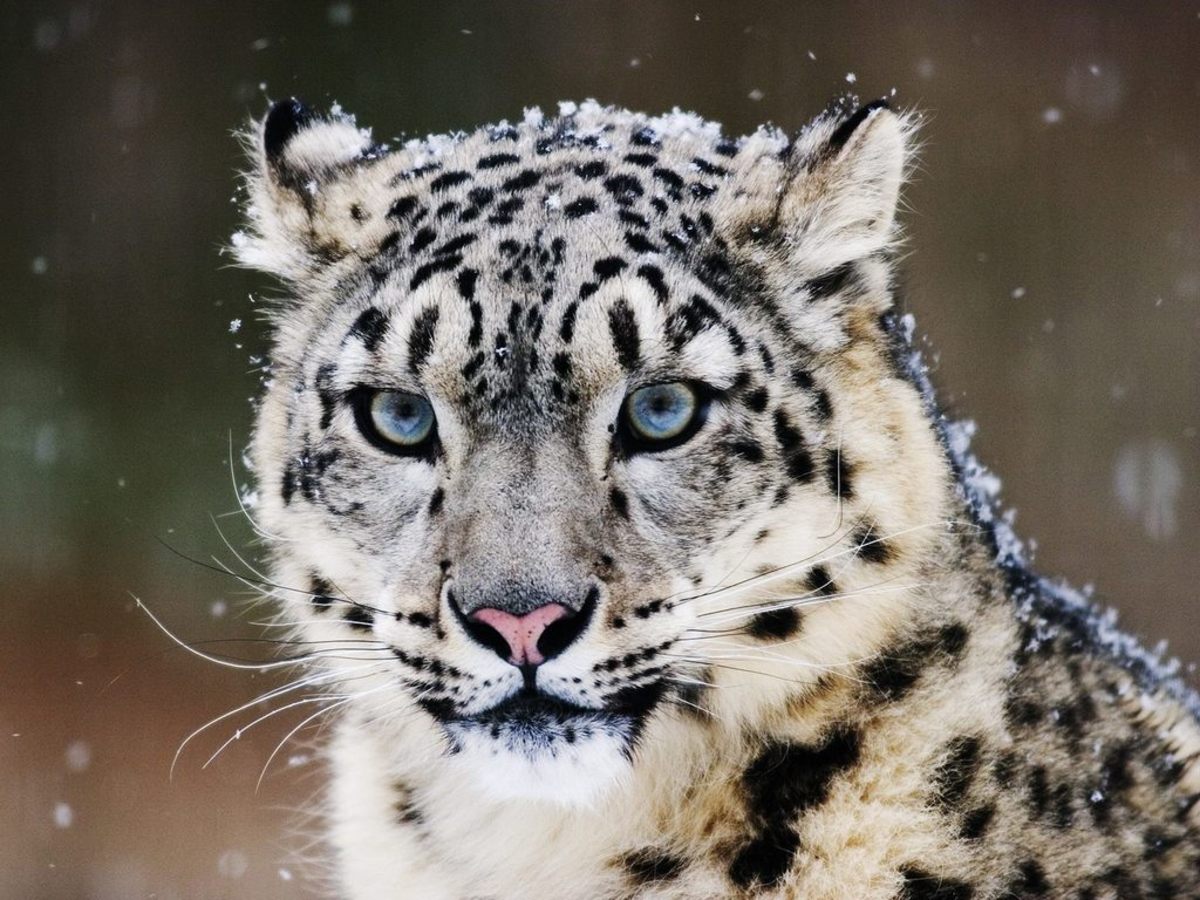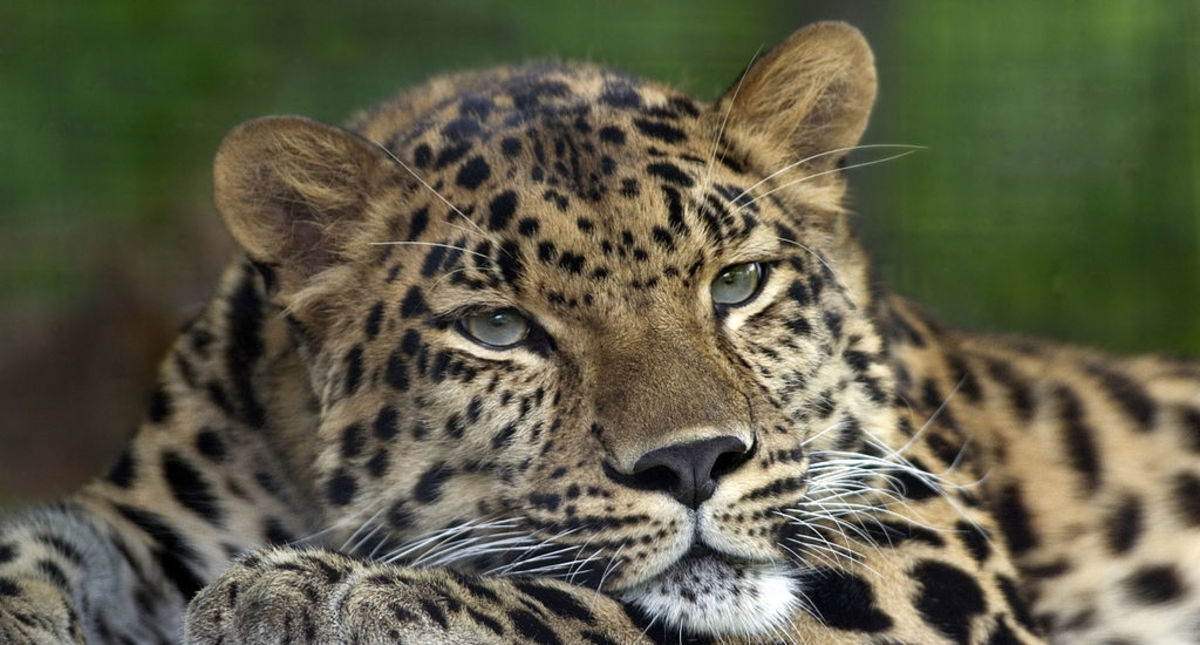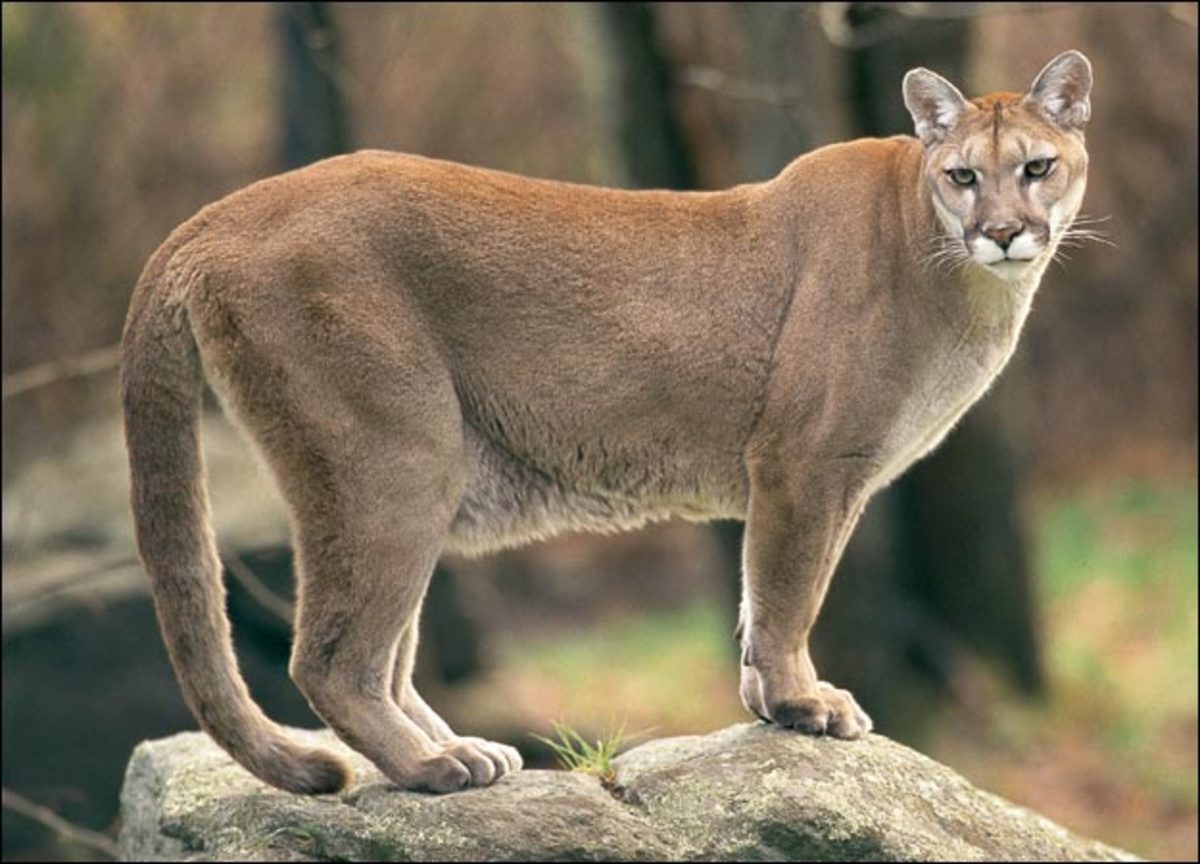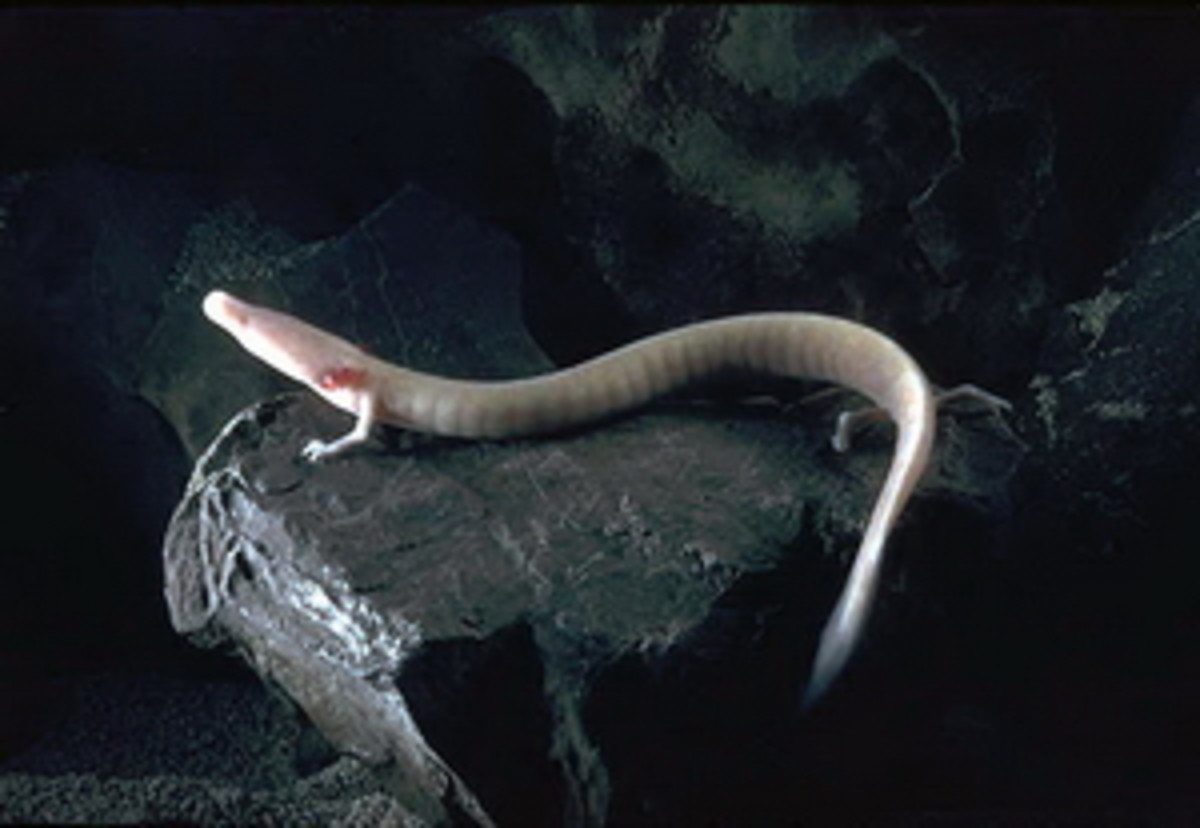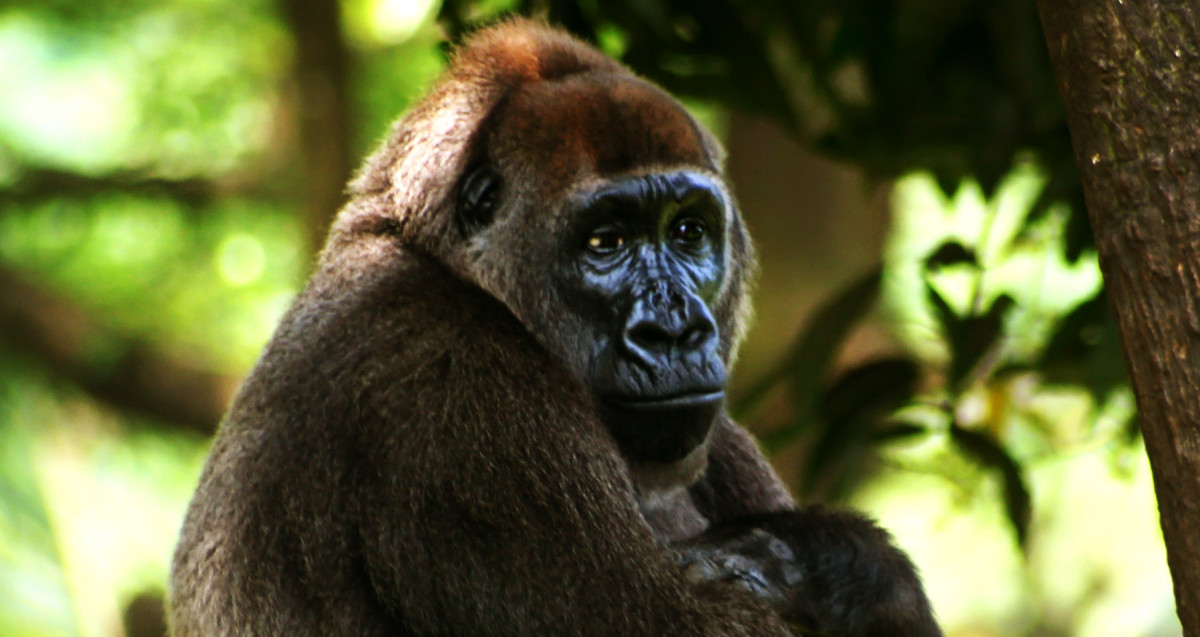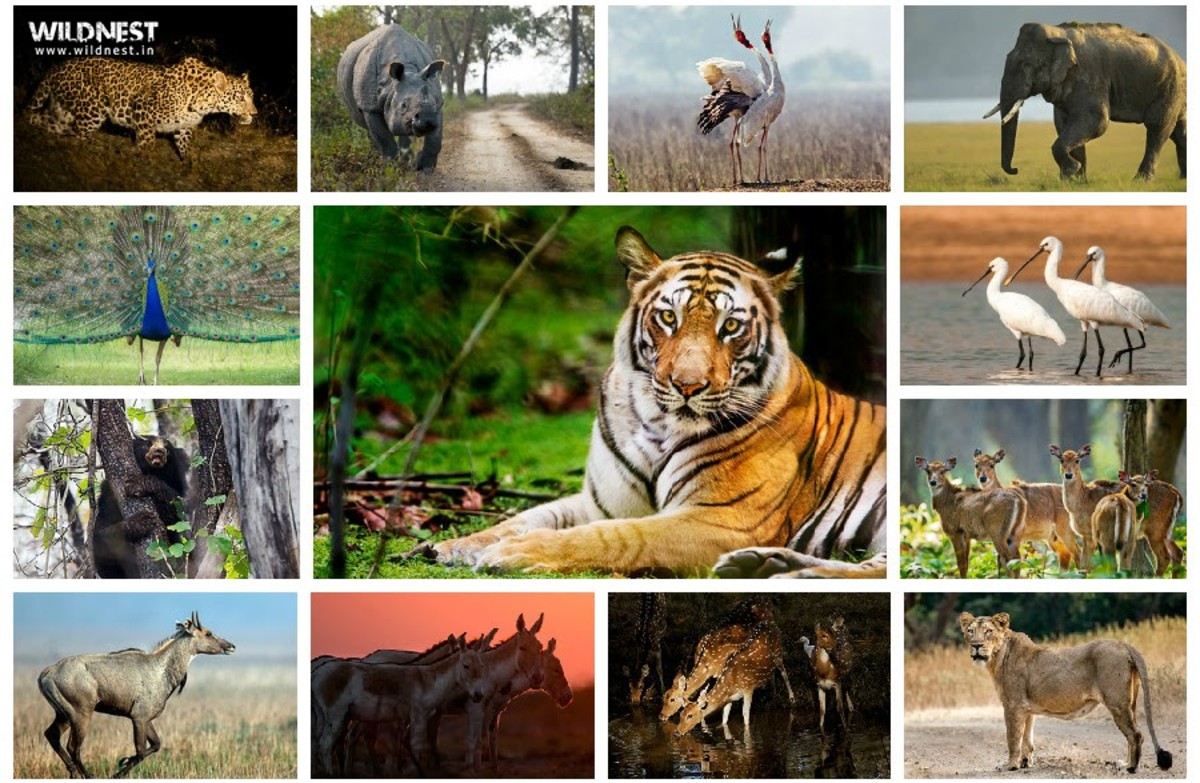- HubPages»
- Education and Science»
- Life Sciences»
- Endangered Species
The Snow leopard!!!
How much do you know about Snow leopards?
view quiz statisticsSnow Leopard
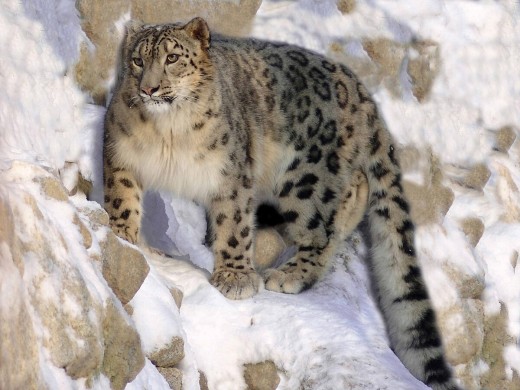
'The Defender of the snow'
Snow leopards or Panthera Uncia as known by their scientific name, are the most least studied and observed of the 'cat family'. This is partly due to the terrain in which they reside and also due to their abnormally 'shy' nature.
Snow leopards are native to the mountainous regions of Central Asia and South Asia. Measuring in length of about 6-7.5 feet and weighing about 75-125 pounds, the female of the species weighs around 30% less than the males.
Since they inhabit the cold mountainous regions, the fur of a snow leopard has evolved to be thick, the base colour of which varies from smokey gray to yellowish tan with whitish underparts. The tail of a snow leopard is long, thick and covered in fur. This helps them to cover their face while sleeping. The long tail also acts like a 'rudder' of an airplane while chasing prey down the mountain side. They have dark gray to black open rosettes on their body with small spots of the same colour on their heads and larger spots on their legs & tail. These markings help them camouflage with the terrain of their habitation.
Snow-leopards usually mate during the late winter and females have a gestation period of 90-100 days. Litter sizes vary from 1-5 cubs, 2-3 being more common. Snow leopards normally live for 15–18 years, but may live up to 20 years in captivity.
A unique feature about this animal is that it cannot roar like other big cats. The reason being the roar of a big cat originates in a voice organ called 'Larynx' which is missing in this species. But, that no way makes it less fearful than his inland cousins.
To survive the harsh elevated mountainous regions where oxygen is less, the snow leopards have developed wide nasal passages and large chest cavity to increase the volume of air breathed in. This adaption along with smaller red blood cells compared to other big cats, help the snow leopards survive the conditions associated with high altitudes.
Snow-leopards are stunningly beautiful, gracious and intelligent predators.
Geographic distribution
Snow leopards are found in approximately 12 countries: Bhutan, Afghanistan, China, India, Mongolia, Nepal, Pakistan, The Kyrgyz republic, Kazakhstan, Russia, Tajikistan, and Uzbekistan. The highest number of them are found in China, followed by Mongolia and India. An individual snow leopard lives within a well defined home range but does not defend its territory aggressively when encroached upon by other dominating leopards. Home ranges vary greatly in size, depending entirely on the population of prey in a given area. For example, In Nepal, where the prey is quite abundant, the home range would be quite small whereas in Kazakhstan where the density of prey is less, the home range would be far and wide.
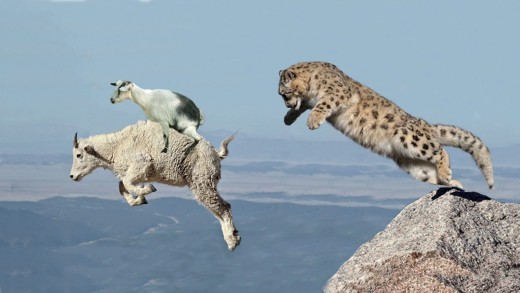
A NatGeo documentary on Snow Leopard
The Perfect Mountain Hunter!
Snow leopards are shy in nature and are elusive to say the least. They prefer to inhabit steep cliff areas, rocky outcrops and ravines. Such habitats provide them with the perfect camouflage needed to ambush unsuspecting prey. They stalk their prey and can spring from a distance of 20-50 feet. Their long and powerful hind limbs help the snow leopard leap up to 30 feet, which is 6 times its body length. Despite the steep mountainous topography and inclement weather conditions, snow leopards are excellent runners with speed upto 40 km/hr. They are mostly active at dawn and dusk.
The prey base of snow leopards vary depending on their location, but wild sheep and goats are the most preferred. The three most important prey species for snow leopards are the blue sheep (also known as bharal), the Asiatic ibex (a large wild goat), and the Argali (another wild sheep species).
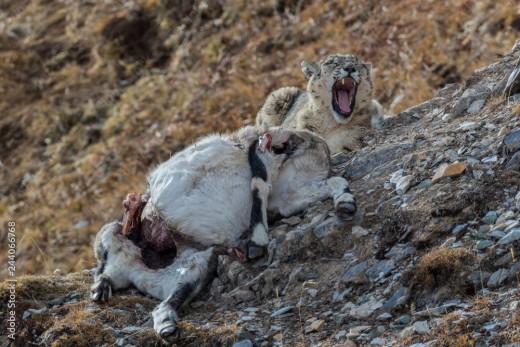
National parks in India where snow leopards are sighted quite frequently
Conservation efforts and how we can help!
The ever-prevalent threat of the poachers have indeed cast a shadow on the survival of this 'Defender of the snow'. Between 2003 and 2016, 710 snow leopard skins were traded of which 30% were confiscated. The increase in greenhouse gases have had a direct impact on reduction of the alpine and the Himalayan regions.
The need of the day calls for genuine efforts towards preservation of this magnificent species.
Organizations such as 'SnowleoparId.org' and WWF have been engaged in an intense crusade to save this 'Ghost of the Mountains' from extinction.
The first and foremost effort has been directed at the locals residing in and around the big cat's domain. If a genuine and controlled effort at saving the snow leopard is to be realistically made possible, then the support and knowledge of the locals are of paramount importance.
We, as responsible citizens, need to make a conscious effort towards stopping purchases of any products made out of snow leopard skins. As long as the demand for such products persist, the hunting of snow leopards by poachers would continue to flourish irrespective of what laws are brought forth. Hence, it is our collective responsibility to stop purchasing such products and also educate people on the same.
Genuine lovers of this species can make their voice heard by visiting the trust started in order to facilitate their preservation. Visit 'SnowleoparId.org' or WWF for more details. The links of various other organizations where you can make a difference to save this fabulous species are as listed in the below capsule.
Your involvement helps!
- Snow Leopard Conservancy–Wildlife Conservation Network
The beautiful but endangered snow leopard remains one of the world’s most mysterious cats. Snow Leopard Conservancy engages local people and builds on their traditional beliefs to create harmony between people and the endangered snow leopard. - Snow Leopard | Species | WWF
Protect endangered species, including the snow leopard, at World Wildlife Fund. Learn about the ways WWF works to conserve a future where people live in harmony with nature. - Wildlife Conservation Society- Snow Leopard
Wildlife Conservation Society (WCS) works to save the snow leopard throughout the Himalaya. - Snow Leopard Trust | Saving Snow Leopards
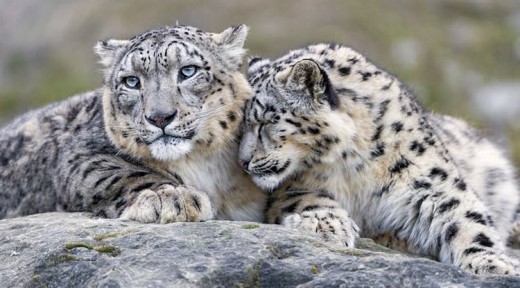
What would you do on your part to save the snow leopard from extinction?
This content is accurate and true to the best of the author’s knowledge and is not meant to substitute for formal and individualized advice from a qualified professional.
© 2009 Souvik Mukherjee



